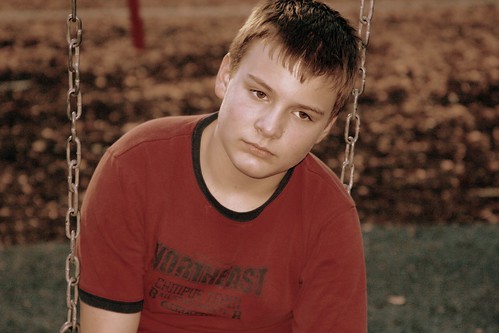
When I was a kid, my mother believed that if I stayed busy enough after school I'd stay out of trouble. Her strategy worked most of the time. And, SAMHSA just released a paper supporting her approach.
They found that, regardless of income level, youth who participated in school-based, community-based, church or faith-based, or other activities had lower rates of cigarette, alcohol, or illicit drug use than those who did not participate. And the more activity, the lower the usage rate.
For example, the rates of illicit drug use were 18.3% for youth who participated in no such activities, 11.9% for those with 1-3 activities, 9.4% for 4-6 activities, and 6.8% for 7 or more youth activities in the past year.
Unfortunately, youth from families with lower income participated in activities at a lower rate than others. So a successful strategy for reducing substance abuse among youth from low income families would include access to out of school activities. That underscores the importance of expanding low and no-cost after school activities for all children.
This Short Report, The NSDUH Report: Youth Activities, Substance Use, and Family Income, is based on SAMHSA's National Survey on Drug Use and Health, conducted by the Office of Applied Studies (OAS) in the Substance Abuse and Mental Health Services Administration (SAMHSA). SAMHSA's National Survey on Drug Use and Health (NSDUH) is the primary source of information on the prevalence, patterns, and consequences of drug and alcohol use and abuse in the general U.S. civilian non institutionalized population, age 12 and older. The NSDUH also provides estimates for drug use by State.
Photo by PlasticRevolver

No comments:
Post a Comment